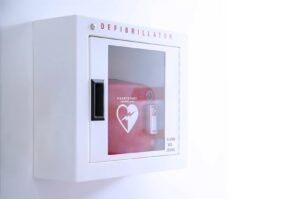Intercultural Team Management
A. Images of other countries
Exercise:
- 1. Write down 3 negative characteristics of your fellow countrymen
- 2. Let your neighbor say the same three things
- 3. How did it feel? – Reactions are both rational and emotional
First problems in international teams: we all have images of each other. When asked to express them, we try to rationalize and suppress emotions (because we don’t like to see our emotional side).
Universalism: Let’s be rational, we are all human beings
Particularism: We are different, very different and I am better.
In the beginning you stay in universalism because you want to be nice. For that reason we suppress particularism.
4. „inflexible“: What behavior do you associate with inflexible?
Always says no, knows everything better, accepts no advice : very different descriptions for the same word. Why? Because we use labels. The problem with labels is that they prevent you from saying what you really mean. You stay in stereo-types and not discovering why people are that way.
5. What could be positive about inflexible? You can only discover that once you discuss what the reasons are for the described behavior (same as in negative feedback).
inflexible – organized
rude – direct
indifferent – open-minded
B. The Process
- Stage 1: Honeymoon stage (Universalism) We should all accept each other. („I like you, I am not prejudiced, I am rational.“)
- Stage 2: Racial or gender stereotyping occurs („I am not prejudiced, but now I have seen it with my own eye…you really are like they say…“), selective perception
- Stage 3: Power thing: impose your rules („Since you really have a deficit, let’s play by my rules“). Matter of pride and defending your identity and self-esteem. Topdog-Underdog relationships come up.
Example:
- US female manager, UK company in D, team is D
- Female manager: you are sexist
- D team: you cannot manage
- D consultant will say: she is bad (because he would manage the D way)
- US consultant will say: she is good (because they don’t understand good mgmt.)
C. Strategy
1. Recognize images
2. Accept it
3. What do behavior do you associate with the label you use? Be specific
4. Be open: My strength has also weaknesses.
5. Accept weaknesses
6. Synergize with other’s strength.
Outcome: HIGH PERFORMANCE INTERCULTURAL TEAMS
Literature recommendation: Trompenaars, Riding the Waves of Culture







